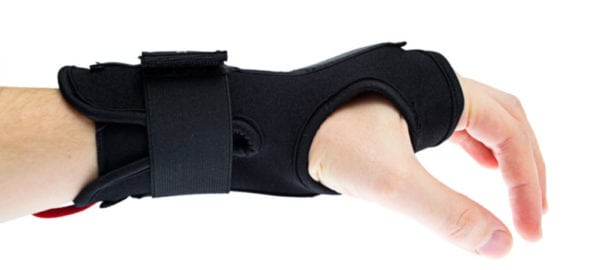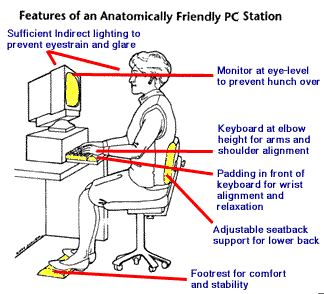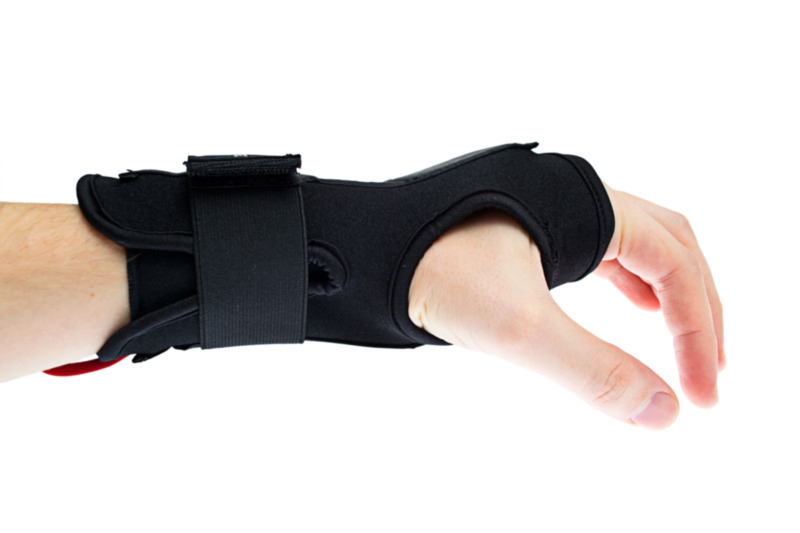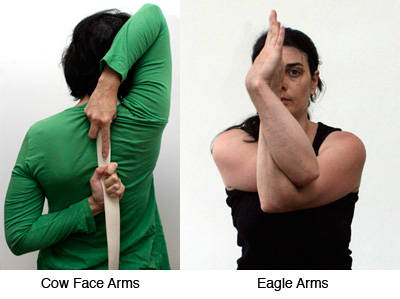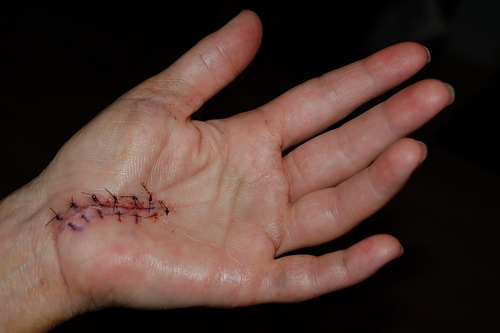If you have carpel tunnel syndrome (CTS) or are at significant risk for developing it, you really should learn strategies to either prevent, limit progression or treat the condition. Of course, once you develop it, you’ll be more focused on treatment. Fortunately, very good options exist for all of these, and that’s what we’ll be reviewing in today’s Straight, No Chaser. Feel free to review this previous post on carpal tunnel syndrome, discussing its causes and risk factors.
How can carpal tunnel syndrome be prevented in the workplace?
Here are activities you should employ if you’re at risk for CTS. Your employer (through employee health services or even without such an entity) can develop an ergonomics program. This involves adapting the workplace (e.g. conditions and job demands) to the capability and needs of workers to complete assigned tasks. Components of ergonomics may include the following.
- Redesign of workstations, tools and tool handles, and tasks to enable the wrist to maintain a natural position during work
- Frequent rest breaks
- Job rotation among workers
- On-the-job conditioning
- Stretching exercises
- Use of splints to keep your wrists straight
- Use of correct posture and wrist position
- Wearing fingerless gloves to keep your hands warm and flexible
Of course if you have high-risk conditions such as obesity, arthritis or diabetes, you will do well to manage these conditions. Doing so will lessen the risk of subsequent development or worsening of CTS.
How is carpal tunnel syndrome treated?
In this post, we will address general, drug and surgical treatments. More detailed treatment considerations are covered at www.sterlingmedicaladvice.com.
General
- Treatments for CTS should begin as early as possible and under a doctor’s direction.
- Underlying causes such as diabetes or arthritis should be treated first.
- Initial treatment generally involves resting the affected hand and wrist for at least 2 weeks, avoiding activities that may worsen symptoms, and immobilizing the wrist in a splint to avoid further damage from twisting or bending.
- If there is inflammation, applying cool packs can help reduce swelling.
Drugs
- In special circumstances, various drugs can ease the pain and swelling associated with CTS. Nonsteroidal anti-inflammatory drugs (e.g. aspirin, ibuprofen, and other nonprescription pain relievers) may ease symptoms that have been present for a short time or have been caused by strenuous activity.
- Other drugs occasionally used include diuretics (“water pills”), meant to decrease swelling. Corticosteroids (such as prednisone) or the drug lidocaine can be injected directly into the wrist or taken by mouth (in the case of prednisone) to relieve pressure on the median nerve and provide immediate, temporary relief to persons with mild or intermittent symptoms. (Caution: persons with diabetes and those who may be predisposed to diabetes should note that prolonged use of corticosteroids can make it difficult to regulate insulin levels. Additionally, some studies show that vitamin B6 (pyridoxine) supplements may ease the symptoms of carpal tunnel syndrome.
Exercise and Alternative Therapies
- Stretching and strengthening exercises can be helpful in people whose symptoms have abated. These exercises may be supervised by a physical therapist trained to use exercises to treat physical impairments, or an occupational therapist, who is trained in evaluating people with physical impairments and helping them build skills to improve their health and well-being.
- Acupuncture and chiropractic care have benefited some patients but their effectiveness remains unproven. An exception is yoga, which has been shown to reduce pain and improve grip strength among patients with carpal tunnel syndrome.
Surgery
- Carpal tunnel release is one of the most common surgical procedures in the United States. Generally recommended if symptoms last for 6 months, surgery involves cutting the band of tissue around the wrist to reduce pressure on the median nerve. Surgery is done under local anesthesia and does not require an overnight hospital stay.
- Although symptoms may be relieved immediately after surgery, full recovery from carpal tunnel surgery can take months. Complications may include infection, nerve damage, stiffness, and pain at the scar. Occasionally the wrist loses strength because the carpal ligament is cut. Patients should undergo physical therapy after surgery to restore wrist strength. Some patients may need to adjust job duties or even change jobs after recovery from surgery.
- Recurrence of carpal tunnel syndrome following treatment is rare. The majority of patients recover completely.
If you focus on the prevention strategies, the need for surgery will be lessened, and treatments will be guided by your physician. Your first job should be to discuss the safety of your work environment and ensure you’re doing what’s needed to minimize your risk.
Thanks for liking and following Straight, No Chaser! This public service provides a sample of what 844-SMA-TALK and http://www.SterlingMedicalAdvice.com (SMA) offers. Please share our page with your friends on WordPress, Facebook @ SterlingMedicalAdvice.com and Twitter at @asksterlingmd.
Copyright © 2014 · Sterling Initiatives, LLC · Powered by WordPress.

